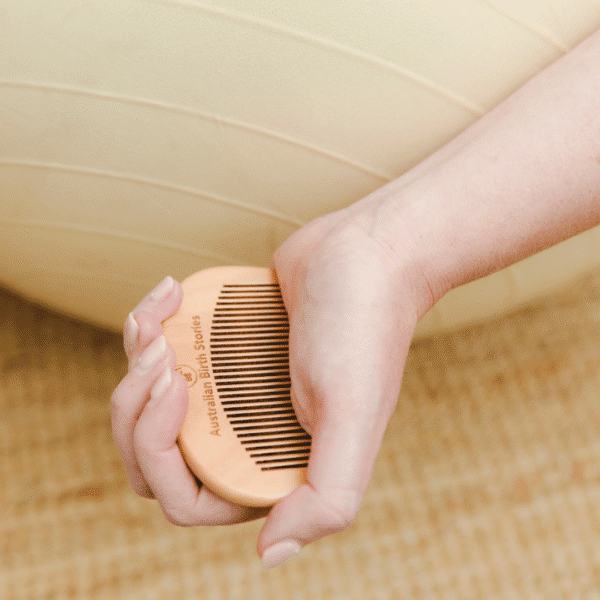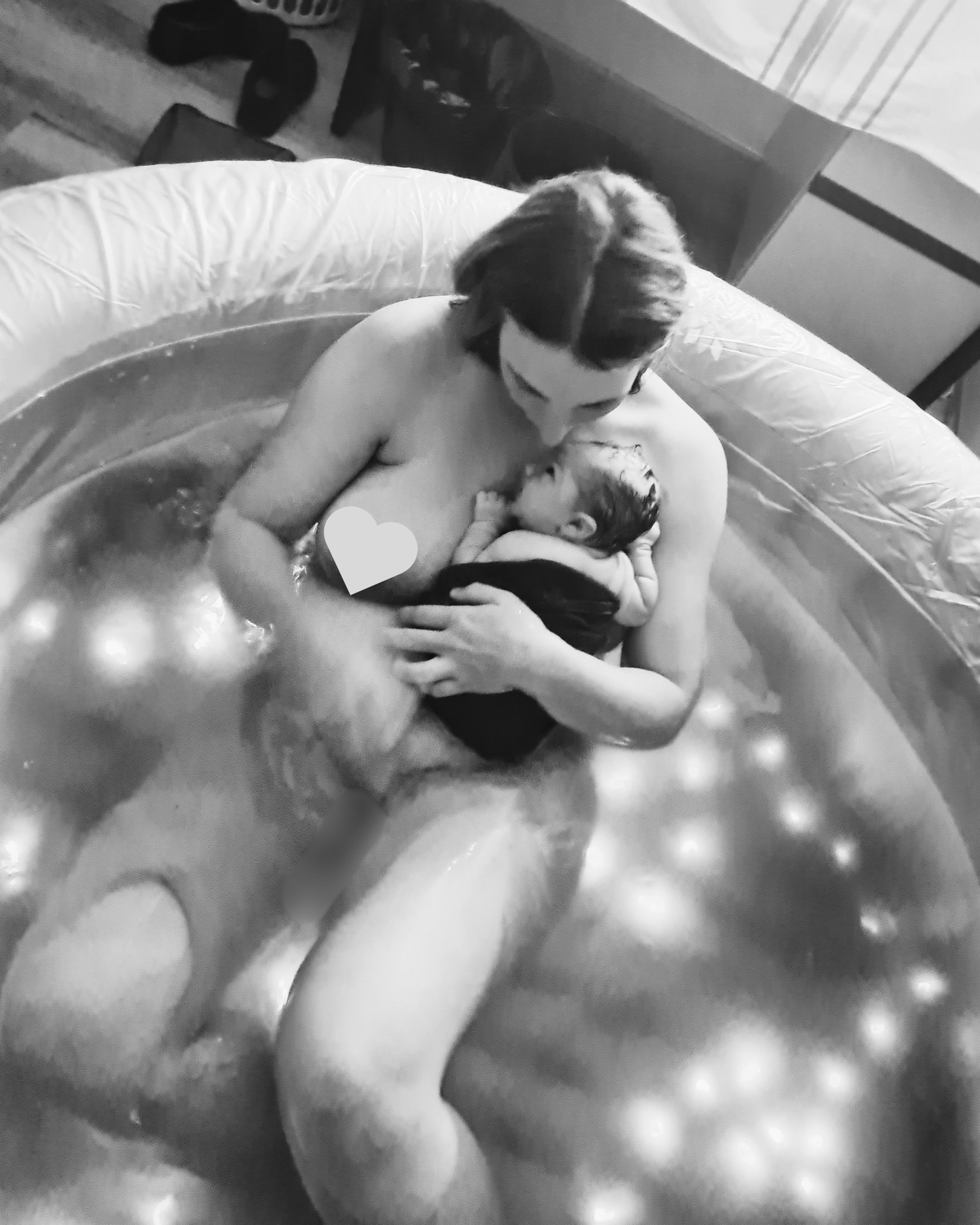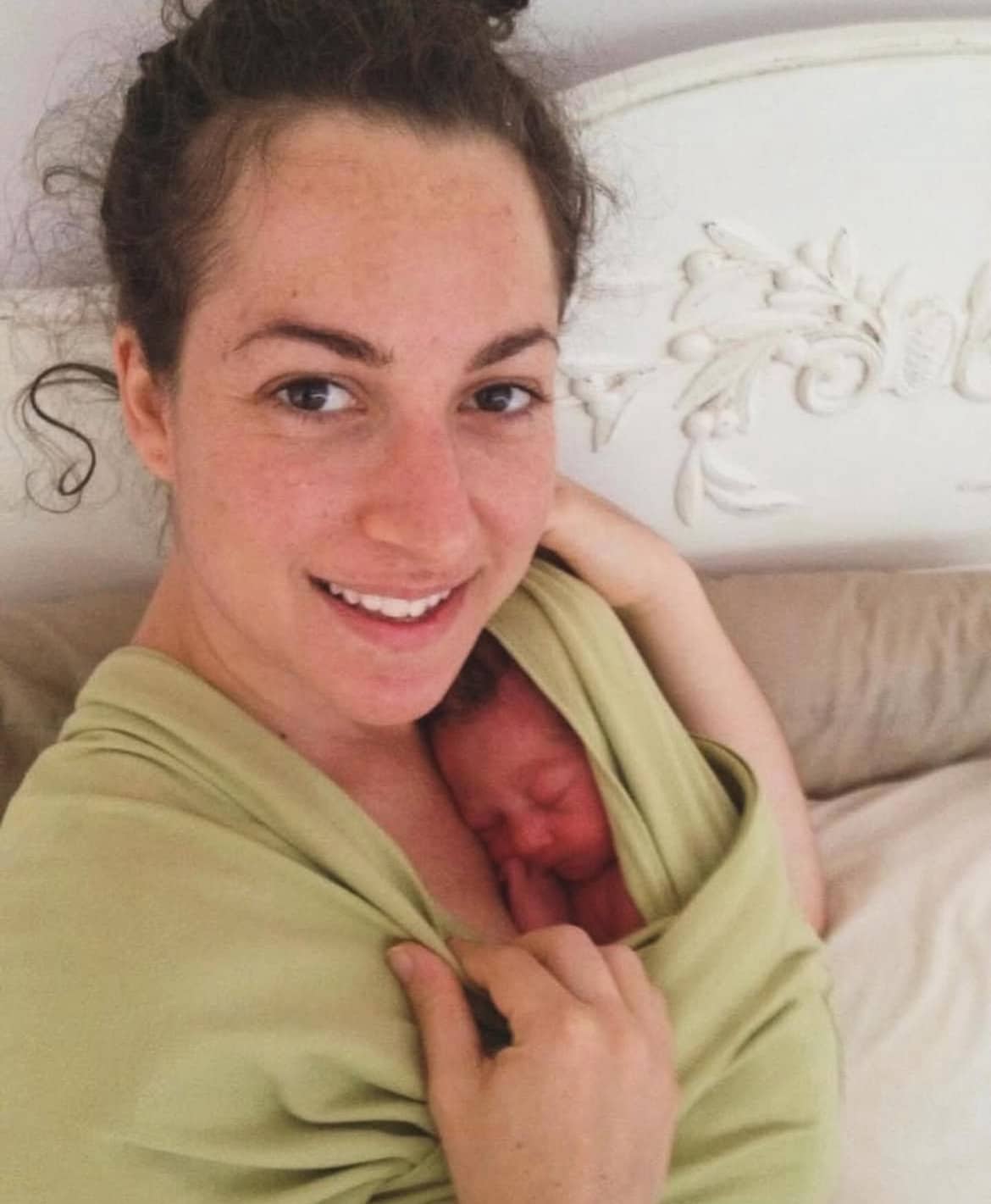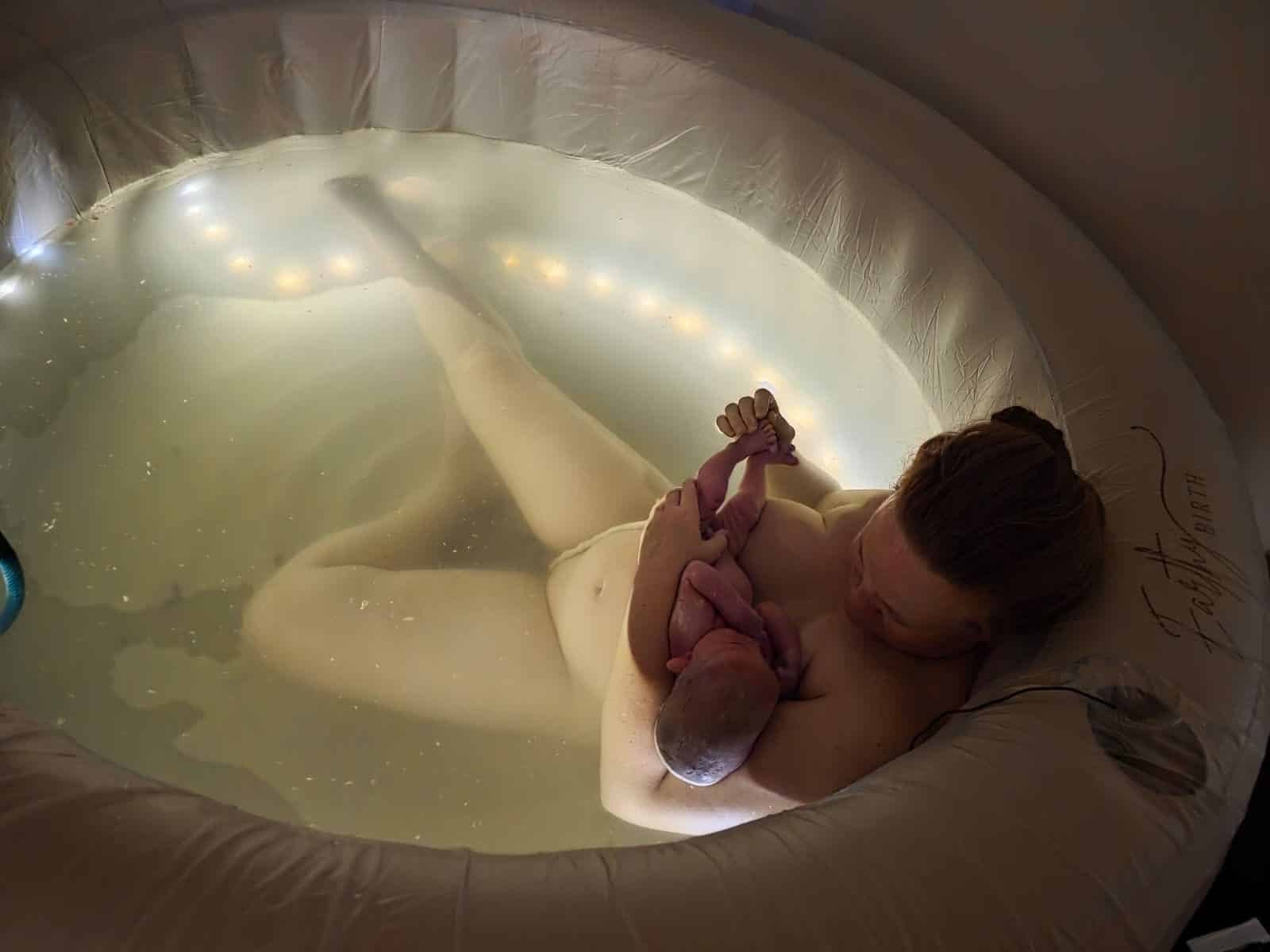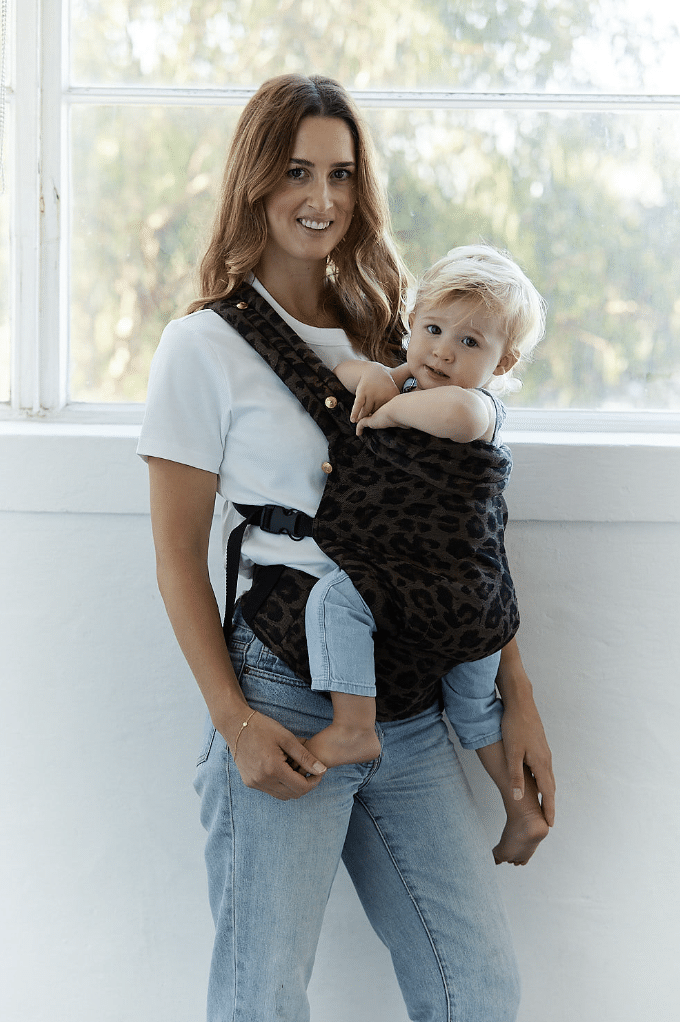Podcasts Caitlin
EPISODE 325
Caitlin
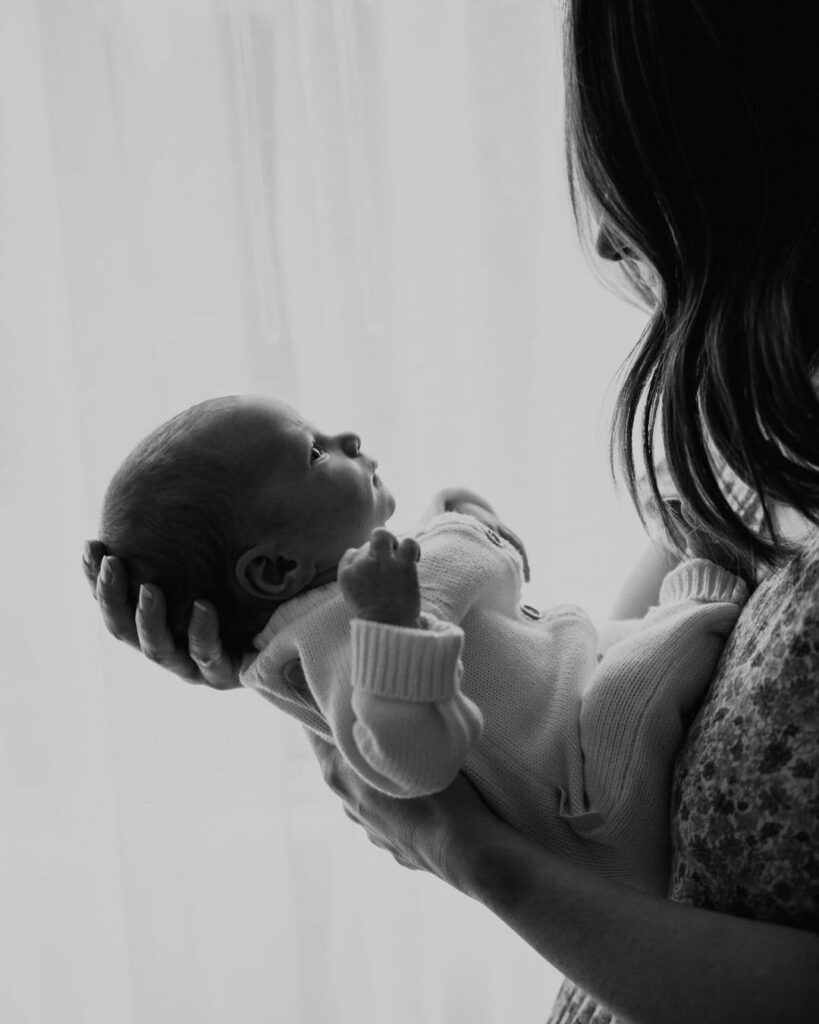
“We were trying to fall pregnant for about eight to ten months before we started to get help. I I had my first period at when I was 12 and then didn’t have another till I was 16. I was put on the pill at that stage but then at 20 I felt that being on the pill wasn’t right; I had an ultrasound and blood test that revealed high levels of testosterone,I was diagnosed with PCOS and I was told that conceiving would probably be challenging for me so my fear really started back then. I did a lot of acupuncture to try and regulate my period which made a big difference; my cycles were 45 days long. I have a great GP and she suggested we explore some options and once I had a fertility specialist on board it felt like the weight wasn’t so much on my shoulders. We did a lot of tests and it all looked good.
“We started with ovulation induction which helped grow the follicles and I would go in for ultrasounds and then they would tell me when it was a good time to try and conceive. We did that for about four rounds and then had another review with our specialist and we decided to go down the IVF path. We were given a 15 percent chance with ovulation induction and a 60 percent chance of conceiving with IVF. We were extremely lucky and collected 39 eggs and they couldn’t believe that I hadn’t gone into hyperstimulation. The next morning they called to say that 22 had fertilised and 17 made it to day five and we were able to freeze all of them. We did the embryo transfer and we were firmly told not to do at-home pregnancy tests but I did and three days after my transfer there was a faint line.
“We happily went along to our week 13 scan never expecting it to be so hard. The sonographer put the probe on me and she immediately asked if I’d been taking folate. I told her that I’d been doing everything I could possibly do to make sure I had a healthy pregnancy. She was silent for another five minutes and I knew that something was wrong. She told me that she had serious concerns about his face and head and I asked if he would survive and she told me that she was so sorry but he wouldn’t survive outside the womb. The only way I can describe it is that I couldn’t catch my breath for weeks; it was a really sad time. Our family and close friends knew we were pregnant and the support we had from them was…well we couldn’t have done it without them.
“The obstetrician sat us down in another room and reassured me that there was nothing I could have done to prevent it, it happens in about one in every 1000 pregnancies. He had a condition called anencephaly and it’s under the umbrella of neural tube defects. We had the option of carrying him but it was unlikely he would survive the pregnancy and if he had of, he would only survive outside the womb for a matter of minutes. I got protective, I didn’t want him to be in pain, and we decided to have a termination for medical reasons. We made the plan straight away…the hard part in this situation is that I was in an MGP program at a Catholic hospital and they don’t do terminations so we had to transfer hospitals. The staff from both hospitals were phenomenal but having to transfer did add a layer of complexity to the experience.
“I sat in day surgery for hours and it was tough but also quite peaceful. I had my last moments with him, Steve and I had named him – Teddy – and we made a decision about what to do with his remains. We terminated on the 3rd of March 2021. It was sad, I had milk come in four days afterwards and I cried for two days straight and I didn’t expect that. We informed our fertility clinic and we still wanted to try again and I can see how people would want to take time off but I wanted to try again. It took 10-12 weeks for me to get my period again and then we did an embryo transfer and that was unsuccessful. Two days after the transfer I experienced a big moment of dread and I just knew.
“On the next cycle I was in a better headspace and a couple of days after the transfer I had a really good feeling. I knew it in my gut and the second pregnancy test I did was positive. It was a lot harder, I had a lot of pregnancy anxiety and I requested more blood tests to ensure the hCG levels were rising. At seven weeks I was at work and had cramps and I went to the toilet and there was a lot of blood. I was in a panic and we went to the hospital and because my cramps were on one side they presumed it was an ectopic pregnancy. They did an ultrasound and there was a strong heartbeat and I just could have hugged the sonographer. A few days later at the fertility clinic they found a subchorionic hematoma and while they reassured me, it definitely contributed to my anxiety.
“When we lost Teddy the genetic team at the hospital told us to contact them and get our scans done with them. At eight weeks we had a scan with them and they showed us that her head was perfectly round and at 12 weeks they ruled out Teddy’s condition; we felt we could breathe then and we let ourselves get excited. I was put on a really high dose of folate for the first 12 weeks; that’s five times the normal dose and that’s the only thing that is known to prevent neural tube defects. My 20 week scan was my last scan and at 21 weeks I announced my news to my class.
“We were advised to have obstetric care for Rudie’s pregnancy; it was very medical. There was a lot of focus on the baby and not so much on the birth. We didn’t do much birth education and I always knew that an induction was hanging over my head. At my hospital IVF pregnancies weren’t recommended to go past their due date. I was trying everything to get her out and my appointment at 38.5 weeks I said that I didn’t want to be induced so I requested a stretch and sweep. A week later I had another one and induction was also discussed.
“Our induction date was booked in. I was 40+1 on my induction and I was conscious of the significance of that date – it was the same day we lost Teddy. It’s special that Rudie shares a birth date with Teddy. I went in at night and had the balloon catheter put in and I was able to go home. I had mild contractions overnight so I put the TENS machine on and I managed to get a bit of sleep. We went to the hospital at 6am the next morning. I was 3cm and they broke my waters and hooked me up to the drip. Within twenty minutes my contractions went from zero to 100. I had heard induction contractions were more painful. I was scared, scared of the pain, as I was contracting every minute on the minute and I only had a ten second break between them.
“From the moment they broke my waters I was monitored and they noticed her heart rate was dropping. They used the fetal scalp monitor to get a more accurate reading and her heart rate was dropping with every contraction. I couldn’t focus on anything; I felt like my pelvis was shattering, I could only stand up because Rudie didn’t cope in any other position. My midwife gave me some morphine but it didn’t do anything so at about midday I got an epidural. I don’t think my body had a chance to build up to it.
“One doctor kept coming in to look at the heart rate trace and at 1pm they said she was in distress and they were alluding to a caesarean. My heart rate started to spike with every contraction and then I got a temperature and the doctor asked if he could do an internal and I agreed; he could tell I was 5cm and that her head was swollen and he told me that a caesarean was the best option. Steve and I agreed that all we wanted was a healthy baby.
“Rudie was born at 3:45pm and she cried straight away and it was a wonderful feeling. It was a bit of a blur for me because I reacted to the caesarean medication and I was vomiting. Rudie was able to have colostrum with Steve and then had skin on skin with me a few hours later. She latched easily and she fed every three hours in the first two weeks of her life. When she was 20 days old she was diagnosed with a distended stomach so I went off dairy, soy and egg but apart from that our feeding journey has been really smooth.
“My caesarean recovery was really good; I was up walking and pushing the pram two weeks later. I stayed in the hospital for two nights and then went home because I wanted to be in my bed and I wanted to be with Steve. I felt really supported by midwives and maternal health nurse visits and it was just so good to be in my own space.”
Topics Discussed
Anencephaly, Breastfeeding, Emergency caesarean, Induction, IVF, Ovulation induction, PCOS, TFMR
Connect
If you would like to connect with Caitlin, you can head over to @missmaysmoments
Episode Sponsor
Safewill is an online Will-writing platform that makes creating your Will quick, easy and affordable – all without stepping foot in a lawyer’s office.
Their Wills are drafted by expert wills and estate lawyers and completed by you in as little as 20 minutes, and every will is checked by a wills expert to make sure it’s filled in correctly.
Australian Birth Stories listeners can get 30% off their bespoke Will – visit safewill.com/ABS and use the code ABS30
Categories
Related Products
-
Birth Combs: Harness Your Body’s Natural Pain Relief
$24.95Crafted from smooth, natural wood, our birth combs activate specific pressure points in your hands that trigger your body’s innate pain-relieving responses.
Join the conversation
Sign up to get the latest updates, freebies, podcast releases straight into your inbox
@AustralianBirthStories
Follow along with us
@AustralianBirthStories
Follow along with us
@AustralianBirthStories
Follow along with us
@AustralianBirthStories
Follow along with us
@AustralianBirthStories
Follow along with us
@AustralianBirthStories
Follow along with us
@AustralianBirthStories
Follow along with us
@AustralianBirthStories
Follow along with us
@AustralianBirthStories
Follow along with us
@AustralianBirthStories
Follow along with us
@AustralianBirthStories
Follow along with us
@AustralianBirthStories
Follow along with us
